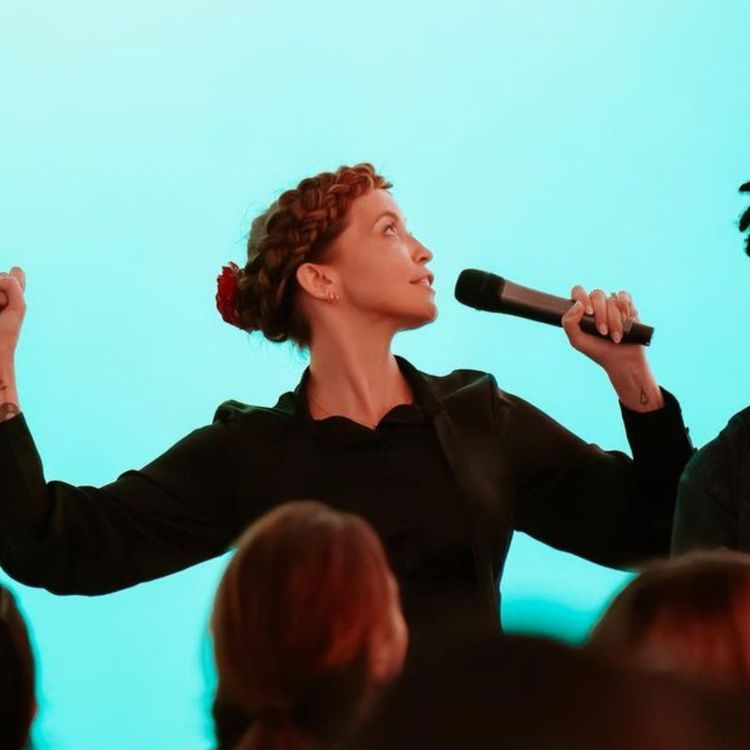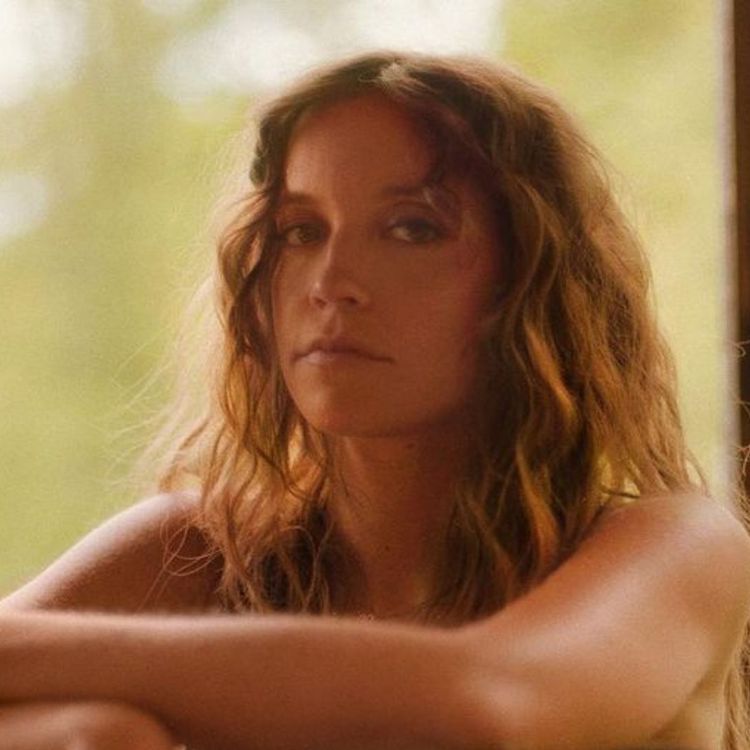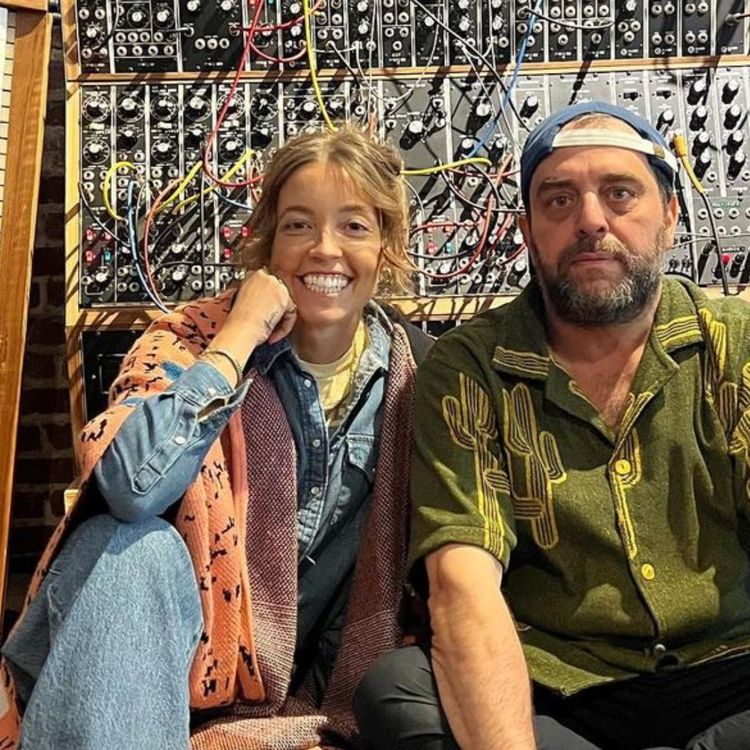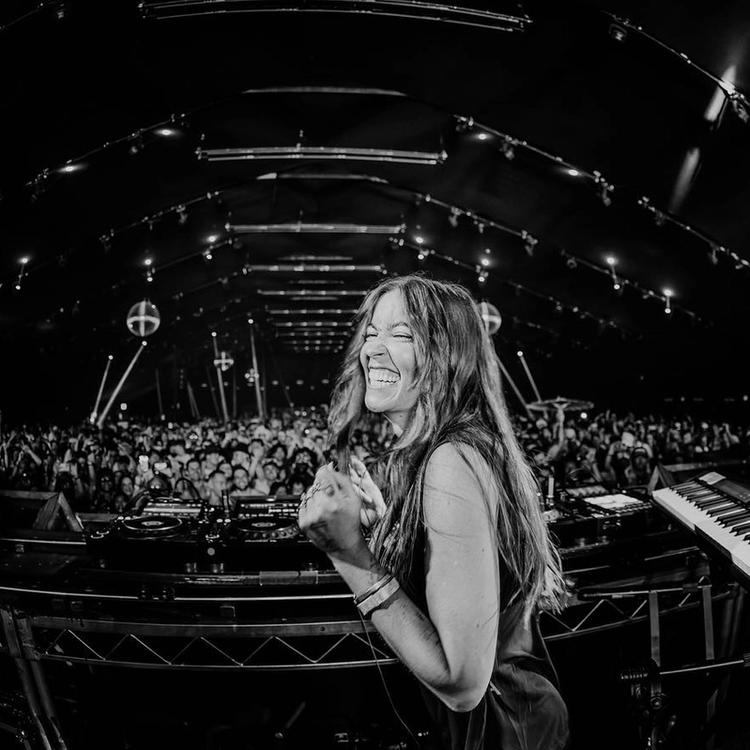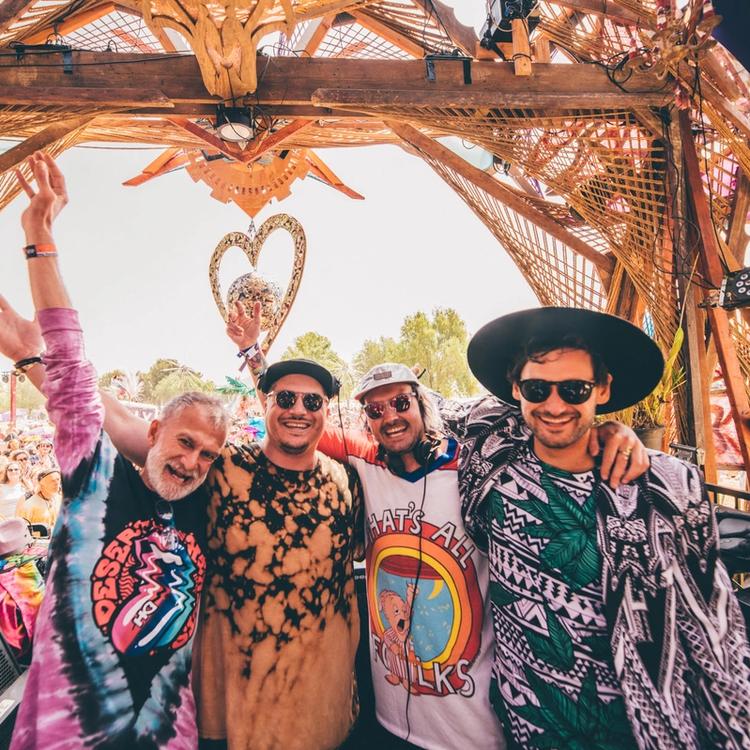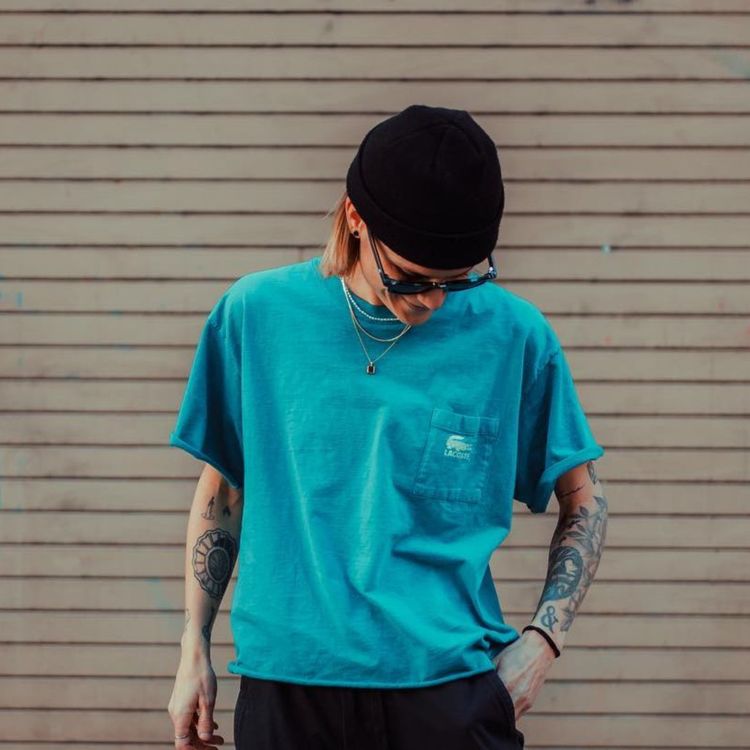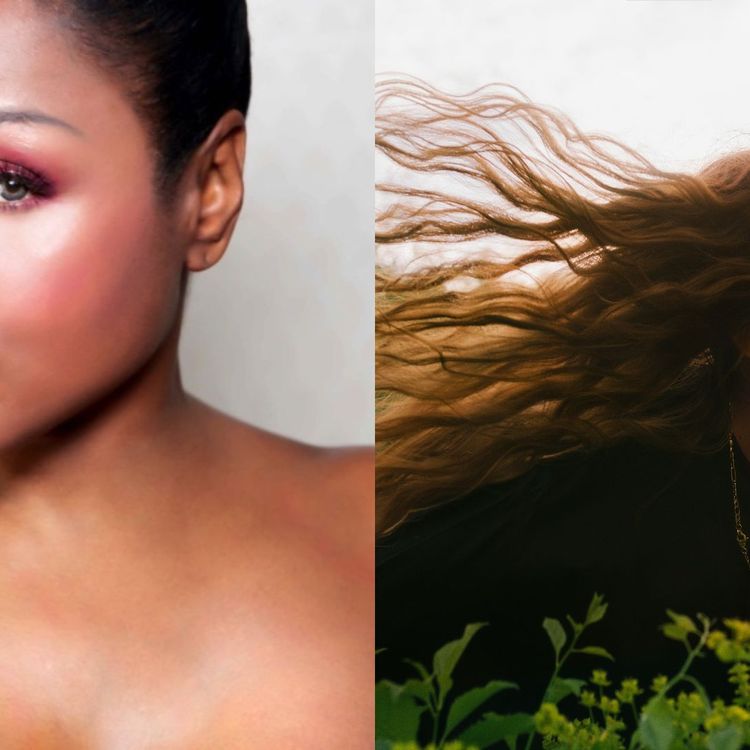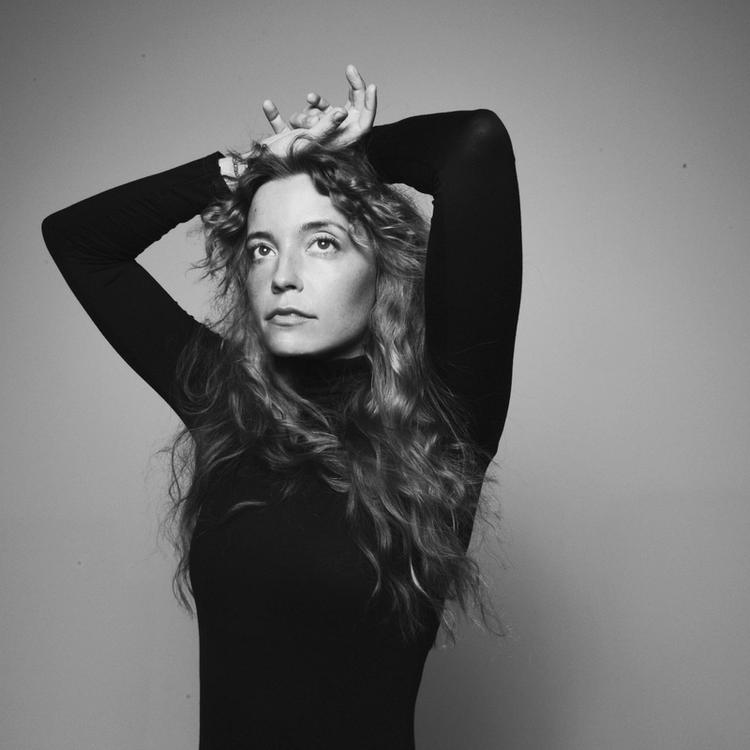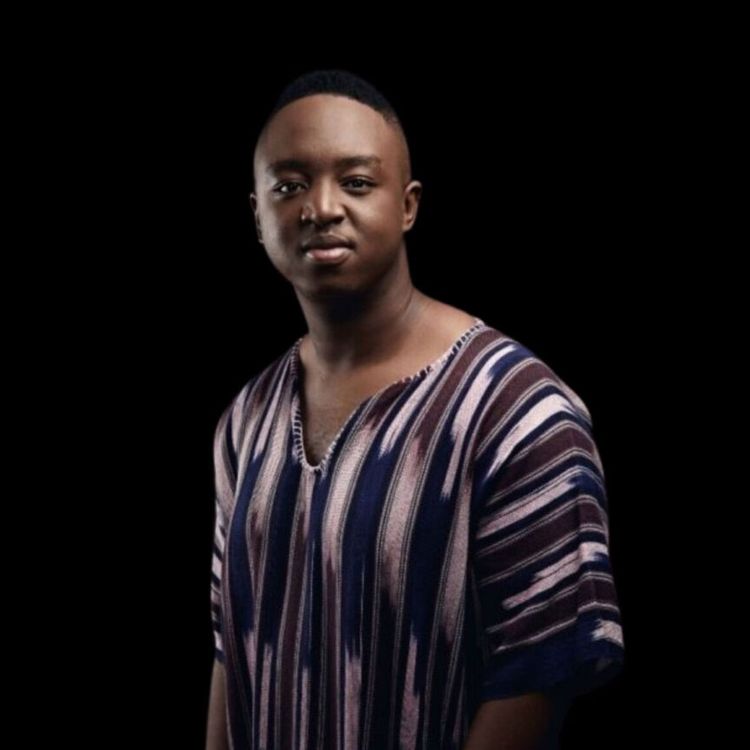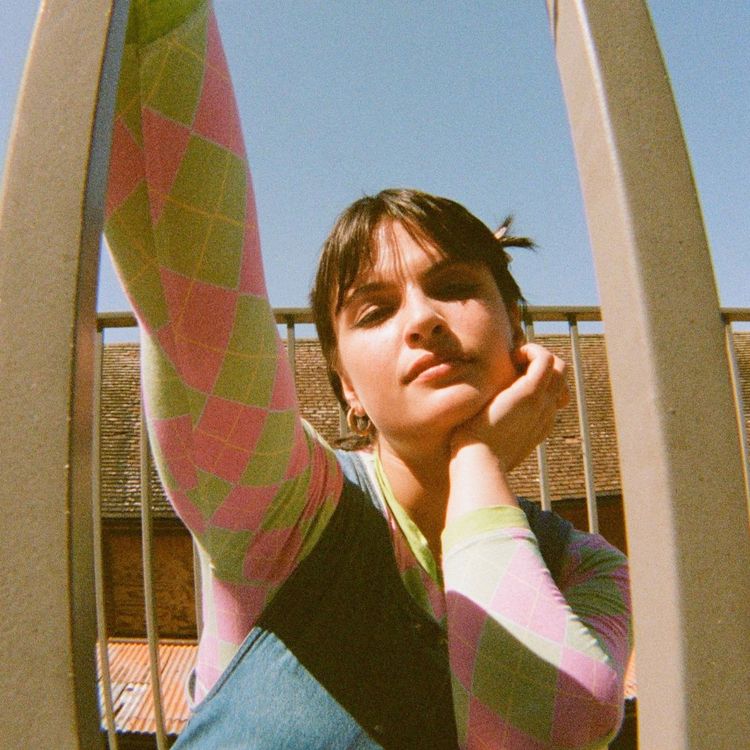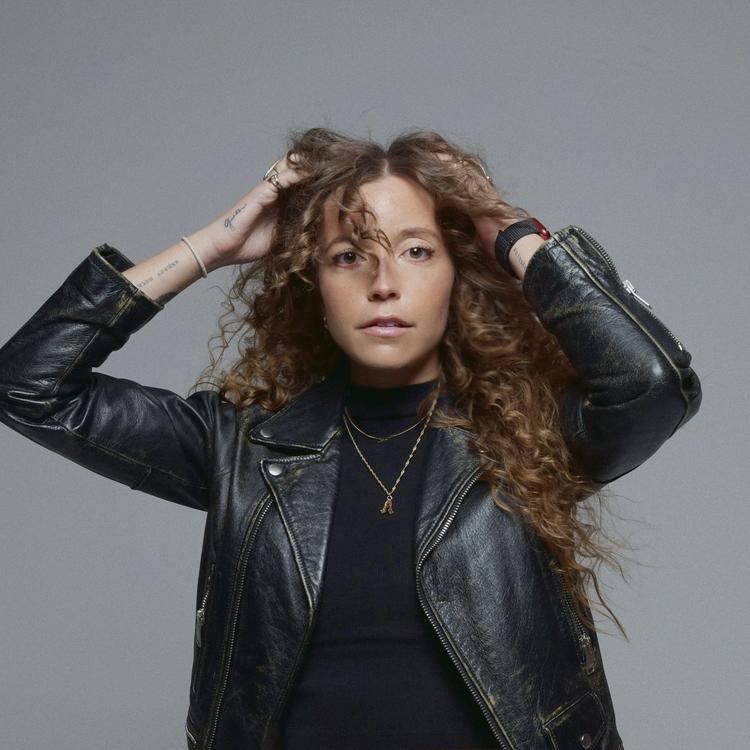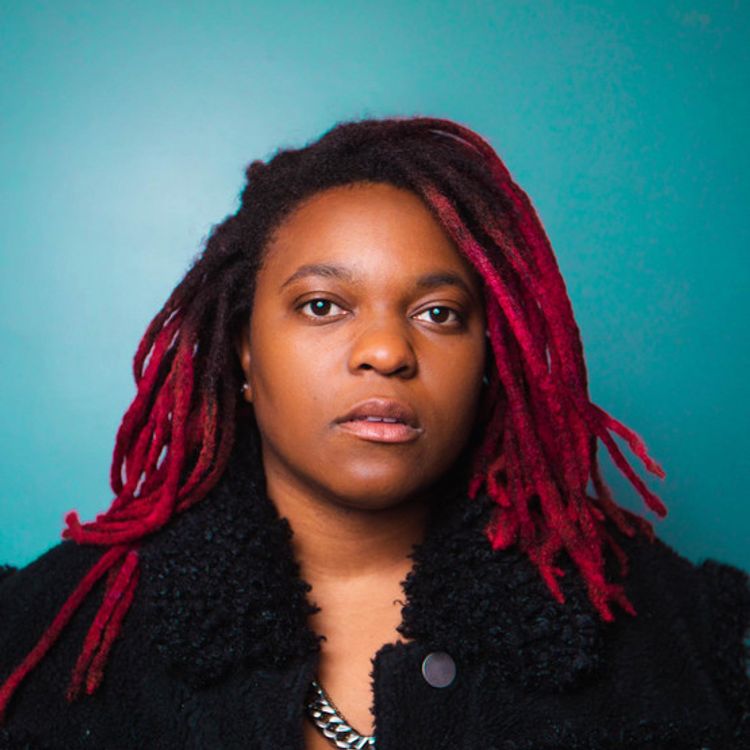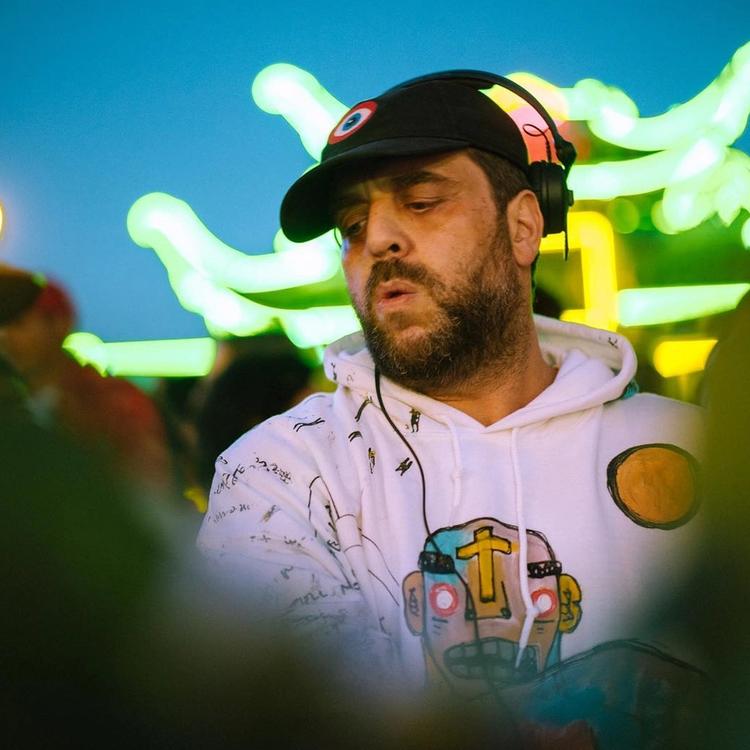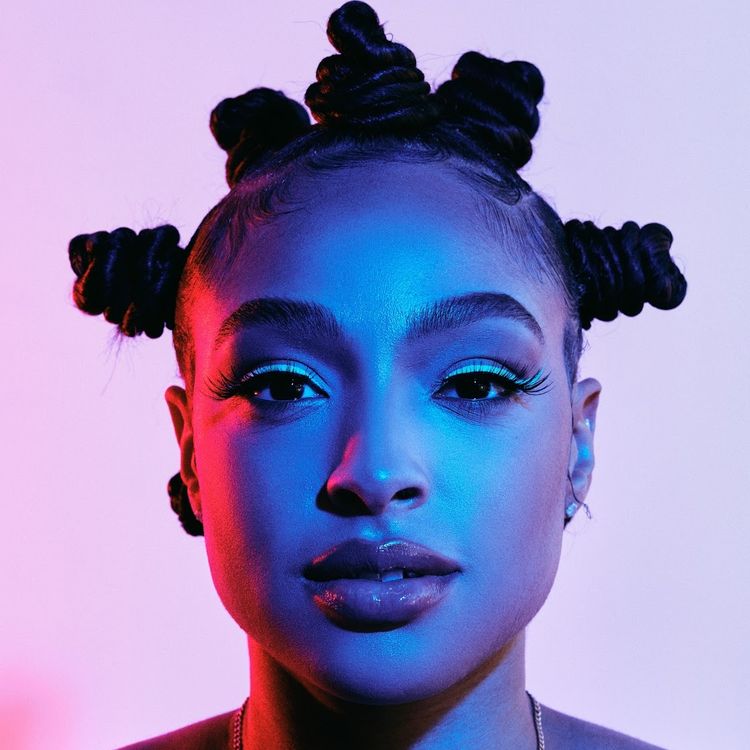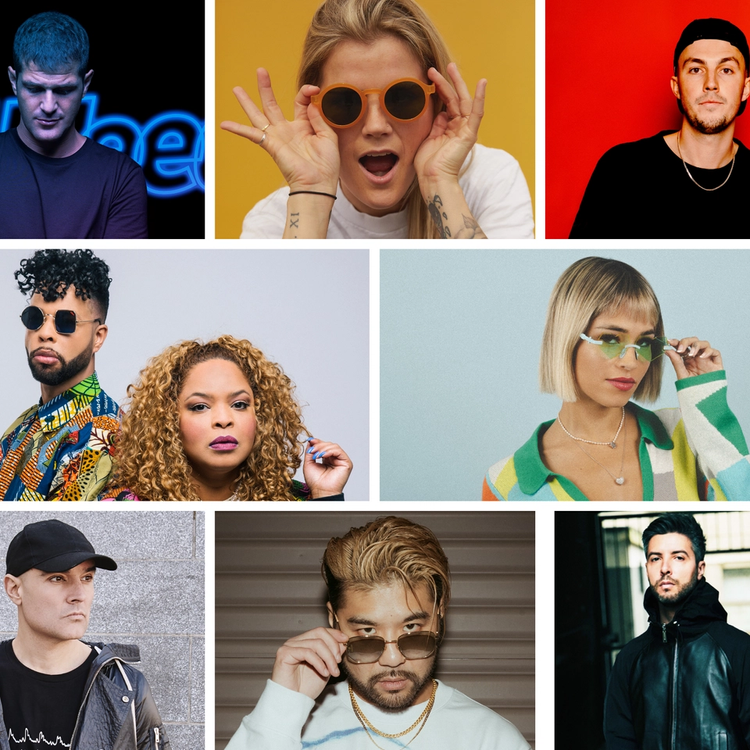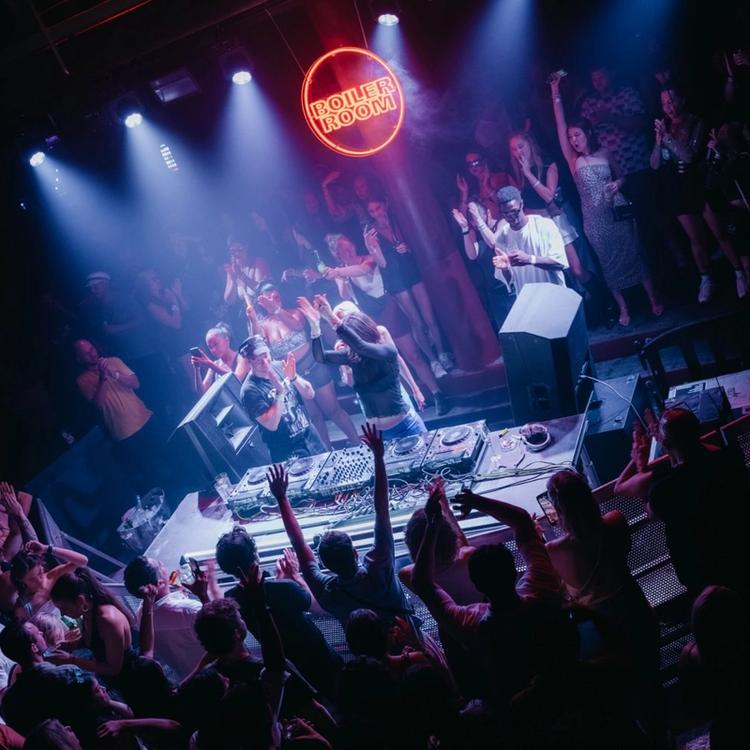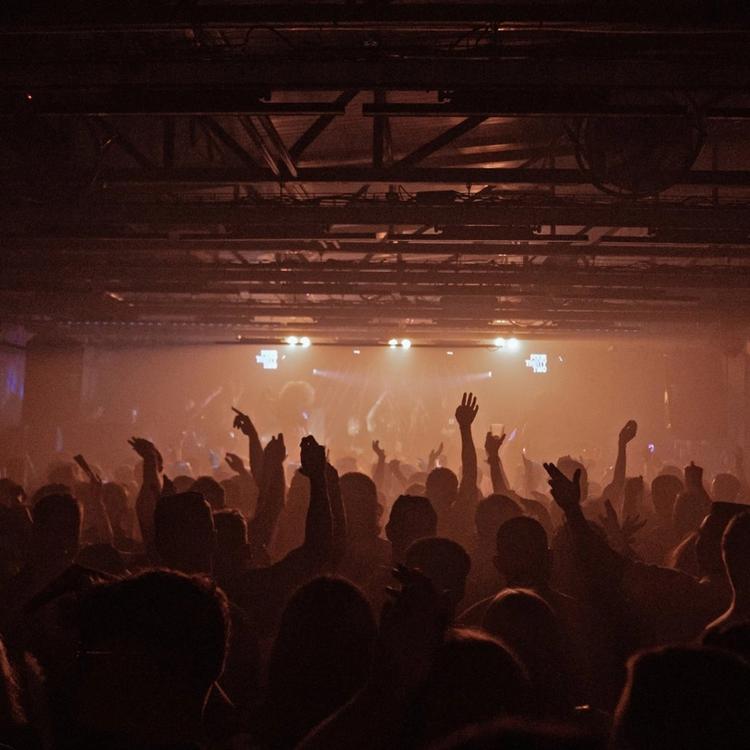New Gatekeepers: LP Giobbi, hermixalot, and FEMME HOUSE
Leah Chisholm is at the peak of her ever growing musical powers.
For starters: under her LP Giobbi alias, the Oregon born and raised producer’s compellingly versatile, Pacific Northwest-tinged, piano-centered house music-leaning productions have resulted in DJ Mag readers crowning her as North America’s Best Producer of the Year. That accolade was capped by LP’s appearance as the cover artist for the venerable publication’s Best of North America issue.
There’s LP’s critically acclaimed Light Places album that was released in May and promptly followed up in August with a deluxe edition stuffed full of a stunning array of club driven edits and stripped down live renditions.

There’s her extensive production collaborations with iconic jam band "The Dead & Co." that culminated with her becoming a featured performer at the official afterparties of the band’s much hyped farewell tour.
She also managed to tour the United States earlier this year in an airstream trailer outfitted with a customized production studio alongside DJ Tennis.
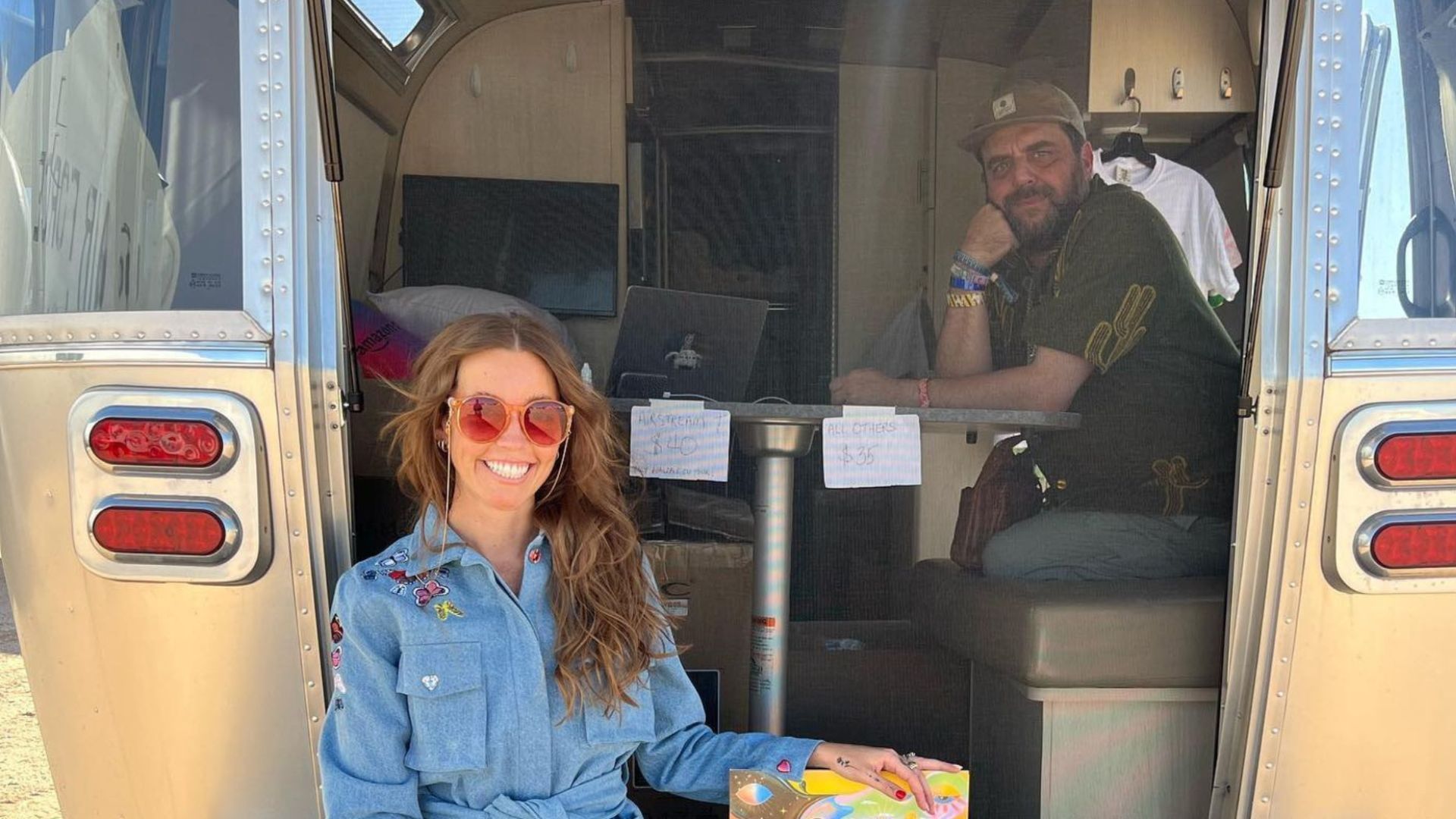
Now, she’s in the midst of launching her much anticipated sub-label YES YES YES on Defected Records.
Consider what she’s done as co-founder and artistic director of non-profit FEMME HOUSE. Along with co-founder and executive director hermixalot (Lauren Spalding), Femme House’s ongoing dedication to creating “opportunities for women, gender-expansive, BIPOC, and LGBTQIA+ creatives in the technical and behind the scenes areas of music” has led to a string of successful collaborative projects with an impressive collection of cornerstone brands including the likes of Insomniac, Ableton, Spotify, and Moog.
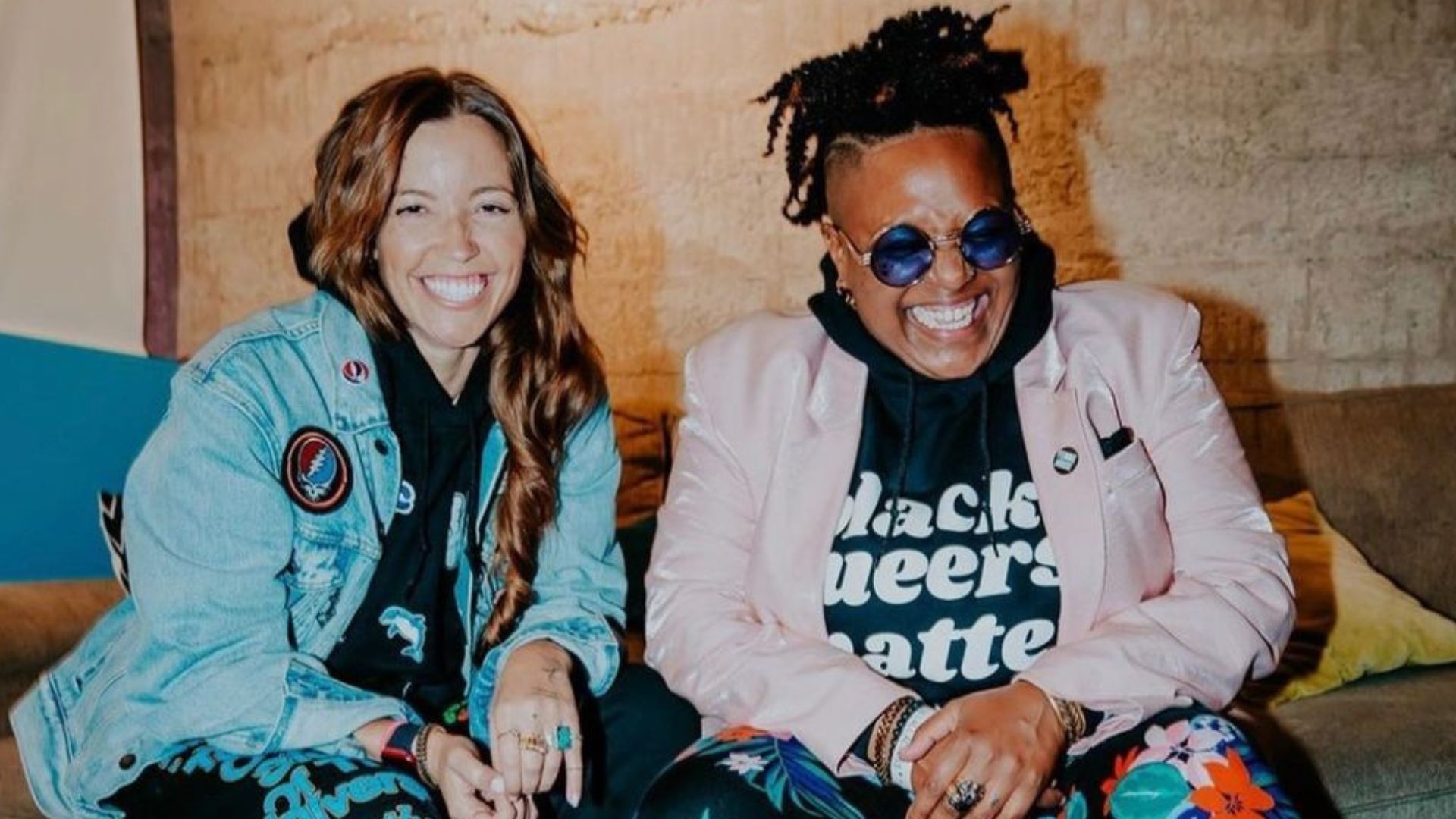
And although the macro-cultural impacts of Femme House’s various activities and initiatives are decidedly difficult to measure, it’s clear that LP and hermixalot have made a significant impact on many of whom they’ve worked with in their ongoing pursuit of a more representative North American dance music scene. Just ask any of the artists who’ve received support from Femme House’s plethora of initiatives for evidence of that fact.
Overall, Femme House is diligently building a comprehensive artistic support and promotion network to boost traditionally marginalized individuals — all within North America’s current cultural ecosystem. Query any of the major industry players who’ve partnered with Femme House; their answers may provide a starting point for gauging the impact of Femme House’s ongoing efforts to reshape the boundaries of diversity and equity throughout the larger North American dance music scene.
The underlying goal is to gradually rebalance what they see as inequitably calibrated cultural scales that continue to harm traditionally marginalized identities.
“For us, what we're talking about and what we're trying to do should be an intrinsic part of the culture,” hermixalot says.
“That’s the whole Femme House ethos.”
FEMME HOUSE’S FIRST TIME
Last March, as lush south Florida humidity hung thick over the secluded back lawn of the W Hotel in Miami Beach, a crowd of about fifty electronic music industry insiders congregated on rows of white picket benches under a canopy of giant pool umbrellas.
“We’re at Miami Music Week and it’s Femme House’s first time here,” hermixalot tells Gray Area. “We’re doing a panel about allyship and amplification, and how we use our platforms to create equity in dance music.”

Although it’s a beautifully bright and sunny Miami Beach day, hermixalot is a bit anxious. The cause? Femme House’s artist showcase and yacht excursion is at risk of being canceled due to complications arising from the city’s crackdown on overzealous spring break partiers and electronic music revelers.
Later that evening, the planned yacht party will be forced to be relocated to the W Hotel’s swanky lounge bar — but the showcase will go on to a packed crowd nonetheless. But first there’s the Femme House industry panel to conduct.
As the audience sips pink lemonade, LP and hermixalot take their places as moderators. The panel of five electronic music industry players do similarly, and discussion commences.

“Femme House was originally just supposed to be for women,” hermixalot begins. “As it grew, we realized [that] the most marginalized among us — women, gender expansive folks, queer folks, bipoc folks — we're all fighting the same battle.”
“That’s the seed of the panel.”
BIG GATEKEEPERS
According to LP and hermixalot, one key cultural shift has allowed Femme House’s diversity and inclusion initiatives to power forward with a hefty head of steam.
“What we discovered when we started Femme House and started reaching out to our very corporate, very specific connections is that these people, gatekeepers, big companies — they wanted to be part of the change,” says hermixalot.
“They believed in the mission, what we were doing was right, and that it needed to happen. [But] they didn't have the tools [or] the resources. That’s systemic.”

“The biggest change in the last few years — I've seen the big gatekeepers be shockingly willing to open doors that I didn't even think could be possible,” LP says.
As a model example, LP mentions Femme House’s partnership with industry heavyweight Insomniac. In addition to agreeing to co-produce a Femme House stage takeover at their flagship EDC festival, Insomniac suggested further projects to boost Femme House’s reach and impact — all while keeping a clear and open line of dialogue.
“Do you want to do a compilation too,” LP says Insomniac asked, “where [Femme House] can reach out to all of your female and gender expansive producer friends and we can release their records?’” The resulting Femme House compilation which was released on Insomniac Records still serves as a benchmark for all the creative possibilities.
“We've seen Ableton — the DAW that I use to make music — partner with us,” LP continues. “They only have six certified female trainers so far, but they sent them all over the stops on this [Femme House production workshop] tour we did. We've seen Moog help in the same way. We've just seen big gatekeepers [such as] Spotify open doors.”
“We try to step in to say, ‘Yo, here's the playbook,” hermixalot explains. “Let's use your resources to amplify these other voices that wouldn't otherwise get shots.” For Femme House, that pitch has proven to be mightily persuasive.
“The shocking part is that these gatekeepers sometimes still don’t seem to know how to make the change,” LP says with a spark of genuine incredulity. “But if you go to them with the ‘here’s how you do it’ — they will do it.”
“So we’re taking a step in the right direction.”
SEISMIC SHIFT
“We’ve learned a lot at Spotify” about diversity and inclusion in electronic music, says panelist Ronny Ho with measured assuredness.
Ho knows the specifics — after all, she’s Spotify’s head of dance and electronic development, and founder of the company’s Asian employee resource group.
“Originally, we really leaned on minority communities to do a lot of the work,” she explains. “It was exhausting for the people that were experiencing [marginalization] to have to also deal with [fixing] it. So we changed the way that we handled a lot of that.”
According to Ho, Spotify executives readily supported her and her colleagues' more proactive approaches towards diversity and inclusion with substantial budgetary and policy backing. “A lot of the work that you see is actually grassroots effort from employees who really care about the work that's happening,” she says.
“On the consumer facing music side, we started building out different programs for artists and creators really to build a safe space for them,” Ho recalls. “We started out with Frequency, which is for our black creators. You're building spaces across artistry, but we also lean into different communities, really local communities, to work with them and see how we can represent them authentically on our platform.”
She mentions LP and Femme House’s collaboration on Spotify’s female-geared channel Equal, as well as the creation of more identity specific channels such as LGBTQIA+-centered Glow.
“What we really focus on is safe spaces for the artists, the communities — but also making sure that they're embedded in the day-to-day of everything that we do so we're not siloing anyone in one specific corner,” Ho says. That approach necessarily requires active engagement between artists, listeners, and industry curators.
Ho also mentions Spotify’s newfound concentration on one-on-one mentorships and relationship building, which is designed to foster mutual understanding and trust between traditionally marginalized individuals and the company’s relatively untested next wave of industry gatekeepers.
Fellow panelist Sam Sciarra sees the wisdom in the methods Ho embraces in her work at Spotify.
“Actual conversations and the grassroots element — a safe space comes from just sitting down with someone and hearing them out and learning,” Sciarra adds. “Thinking about how you can do better and how you can be more inclusive. How you can evolve both as an individual, but also collectively.”
“Like, I don’t know everything!”, he jokes with a wry chuckle.
Sciarra might not know it all, but he definitely has some useful industry knowledge — he’s been with Mad Decent for six years and is currently responsible for Diplo’s A&R. Sciarra also leads A&R and branding for Higher Ground, the house-leaning sub-label of Mad Decent.
“Generally, there's just been this seismic shift in all sorts of accountability,” Sciarra says. “On a cultural level we now expect there to be more diversity and more inclusion.” Later, he continues his train of thought in conversation with Gray Area after the panel concludes.
“There’s been this collective malaise or disillusionment among the white people in the industry — even though they might not say it,” Sciarra tells Gray Area matter-of-factly. “But that’s naturally starting to subside, and everyone's starting to get more used to this idea of inclusion and diversity. So that’s naturally going to become more ingrained in this industry.”

Efforts from those like LP and Femme House are only “going to continue to result in more amplification and recognizability for marginalized groups,” he says. “What I'm noticing is particular acceptance of trans artists as well, which is something that is unbelievable and super, super important. It’s just going to continue to get more and more diverse.”
There’s also a growing craving from consumers and industry gatekeepers alike for upcoming artists to authentically embrace individuality.

“If you’re a creative, you understand this need to be true to your own identity,” Sciarra explains. “As a queer person, it took me a long time to finally get super comfortable with not only my sexuality on a wider world level, but also being able to authentically express myself creatively. It’s a whole other thing — my tastes, but also owning that.”
Accordingly, that’s what Sciarra looks for in the artists he promotes as a professional and the music he enjoys as an avid listener. “LP is a great example. She really believes in her music,” he says. “She really believes in her vision, her project, and she's having success because it's authentically hers.”
Maybe the dedication to authentic individual identity that Sciarra speaks of is a matter that falls between generational gaps.
“I'm 37, so I’m a late millennial,” hermixalot tells Gray Area in an interview during the artist showcase later that night. “At a certain age for our generation, we've normalized this idea of identity and why it's important. We've normalized this idea of diversity and why it’s important. That’s how we just operate in our lives.”
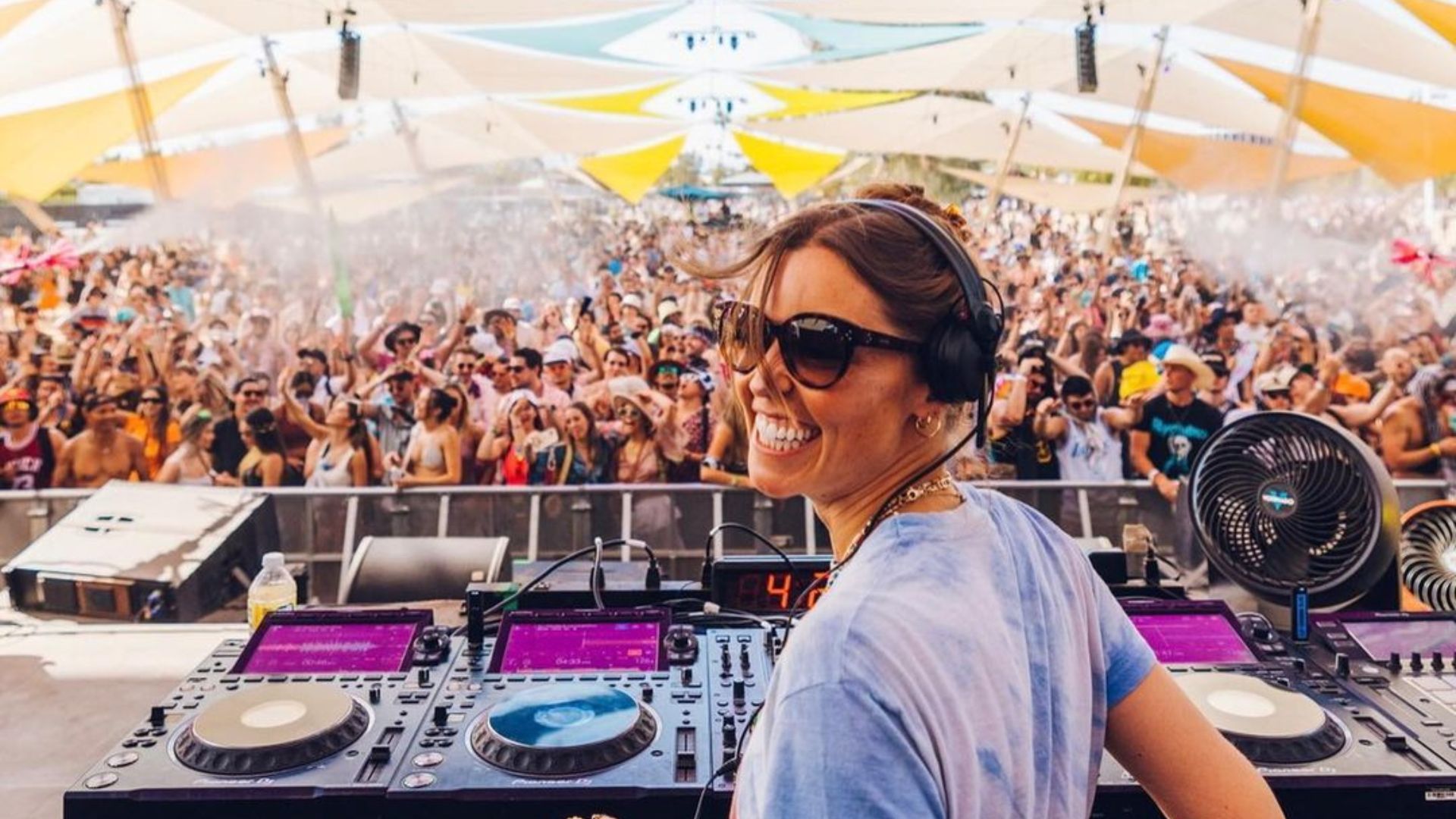
“Some of the panelists today — we’re of the same generation. We’re just starting to move into positions of power, and we're all thinking of it the same way,” she furthers. “So it’s really heartening to see as we move into positions to make change that we move with that at the forefront.”
After all, hermixalot says that Femme House’s results and ongoing success in collaborating with such key industry players “make us feel confident that the needle is moving.”
It’s a bold and lofty claim, to be sure.
But considering the combined results of the assembled panelists and their shared dedication to ongoing dialogue and collaborative action, it seems like Femme House and their influential electronic music industry partners have provided clear signals that intrinsic changes regarding diversity and inclusion are swiftly approaching the North American dance music landscape.
Two questions remain: will those potential changes be powerful enough to eventually lead to any meaningful demarginalization? And will they be widespread enough to stick around long enough to become the new normal?
Only time will tell.
REPRESENTATION MATTERS
From an alcove tucked between the W Hotel’s back lawn and the hotel bar, Femme House featured artist Kaleena Zanders is circumspect in conversation with Gray Area after finishing her showcase set.
As the moon rises above Miami Beach, Zanders recalls a moment from 2014 when she was working at Trader Joe’s and producer Andrew Reinfield asked her a simple question: “Do you want to be on a dance record?”
“I was gonna quit music the week before,” she recollects. Instead, Zanders said yes to Reinfield and ended up on SNBRN’s "California", the 2015 breakout track which was promptly remixed by Chris Lake and Matroda.
“Then it became massive,” she says.
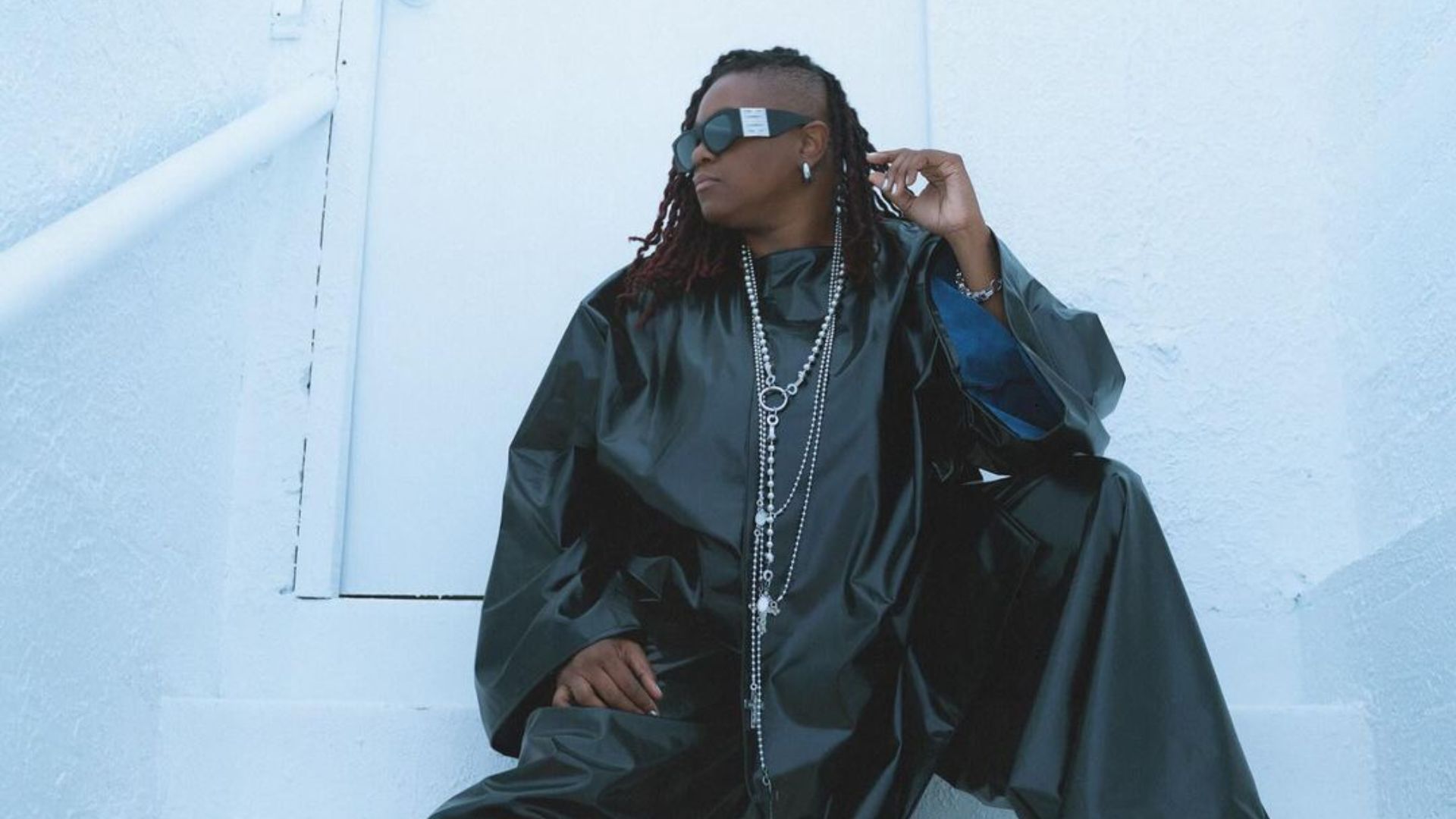
That period of initial career success was “crazy, and it was overwhelming,” Zanders remembers. “I was working with a lot of men, a lot of white dudes. Being a black female, it's interesting to navigate. You're constantly protective over your energy and stuff.”
“I wanted to pivot out of it because it had beaten me down so much. But I stayed in dance music to be a representation for all of what I am,” she says. “I stayed here because I feel like I have a purpose in dance music — to actually be a visual representation of people who are trying really hard to be seen in this scene.”
For Zanders, her musical career isn’t about becoming a figurehead or token for any particular marginalized group. Her motivation is to live a life that is authentic to her own identity while sharing her art with others. In living that life, she just so happens to be one of the most popular dance music vocalists and producers in North America.
“I don't actually want to be a role model. I'm not trying to fucking lead anybody to anywhere — bitch, I'm having my own quest! But I’m black, and I’m gay, I’m a woman,” Zanders proclaims with vibrant swagger. “Even if there are mountains of fucking trauma and trouble, you can do anything. I just want to show people that.”

After Zanders met LP in 2018 and the two bonded through the pandemic, it took two years for the pair to perfect and release their track "Carry Us". It was then that Zanders saw the early stages of Femme House coalesce. “I knew [Femme House would be successful]. LP’s just a powerful person, and she believes in supporting all types of life,” Zanders says. “She helps people — POC, gay, women. Femme House is just tying it all together.”
“I've been in this industry for a long time, almost alone,” Zanders says with candor as she wraps up her thought. “With Femme House, [LP]’s helped bring together these people who haven't been seen, bringing more visibility. Having more people in support and more camaraderie, more solidarity — it’s beautiful to see.”

Fellow Femme House showcase artist Val Fleury echoes Zanders comments.
“I'm just a nice Liberian girl who's possibly not even supposed to be here, and I don't take that lightly,” Fleury tells Gray Area with sheepish confidence. “Being able to collaborate with an organization like Femme House is important work, because we do stand on the shoulders of giants who don't have names or recognition.”

Fleury won a Femme House mix contest in Philadelphia after her friends at east coast-based collective Solar Sounds encouraged her to submit a last minute entry. She’s been linked up with Femme House ever since.
“Whether people want to acknowledge it or not, we live in an intersectional world. Electronic music at its fundamental core has always been diverse, inclusive, and intersectional, and I think people forget,” says Fleury. “I wake up every day and try to help project that story, to remind people to include people who are underrepresented.”
“It’s important for me whether I am scared or not to be present, because representation matters,” she says. “There's not a lot of black women in electronic music. Being one of the growing numbers — I do take that as a great honor and a great responsibility.”
Fleury contends that the mission is not only about respecting dance music’s cultural roots — it’s about taking effective action, too.
“Femme House does a really good job at not only preserving and sharing the history, but really training people,” she explains. “Whether it's a curiosity or something that you want to do as a career, you have to start somewhere. You need support, whether it is teaching girls to DJ at summer camps or other organizations.”
Fleury pauses for a couple moments to collect her thoughts.
“They’re really, really doing the work,” she says.

POUND ON A FEW DOORS
As Zanders lays live vocals over her Femme House showcase set, both she and Fleury can’t help but grin from ear-to-ear as LP and hermixalot dance next to the booth of the packed W Hotel lounge bar. The artist showcase is a special one in several ways for Femme House. Most notably, for the first time the lineup consists almost entirely of black female artists — with the sole exception of co-founder LP.
“I feel like I have a community!”, Zanders giddily exclaims as the party rolls on.
As for Fleury, she has a piece of advice for anyone looking to break into or establish themselves in the dance music industry. “I encourage anyone who has a fear of anything — whether it's being the first, being the only one — to know that's a human condition,” Fleury remarks. “You’re not wrong to feel fear, but go ahead and just do it anyways. Do it the fuck anyways!”
Hermixalot views Zanders and Fleury’s brimming confidence, self-reflexive perspectives, and ongoing development as electronic musicians as prime examples for why Femme House exists.
“Art is important,” hermixalot says. “It's where people see themselves, and it's important that we all see them.”
As for the main takeaways from Femme House’s ongoing efforts to broaden diversity and inclusion throughout the larger dance music world?
“All it takes is intention,” says hermixalot. “Gatekeepers in the room, the big guns — I encourage you to find ways to change things. ‘Cause we need allyship before amplification, and that’s how you create equity in dance music.”
“We have a lot of work to do, for sure,” LP says while flashing an optimistic smile. Just then, a glint of rebellious energy fills her face.
“But if you pound on a few doors, I know that they can open.”




